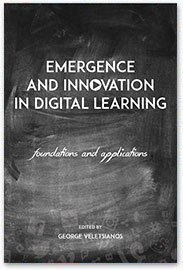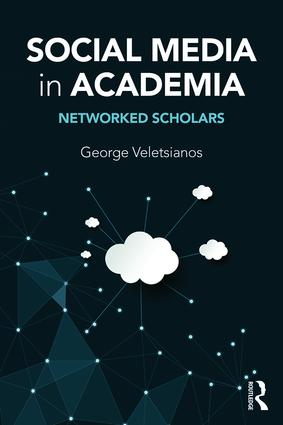 Athabasca University Press has just published Emergence and Innovation in Digital Learning, a book I edited that owes its existence to the insightful authors who contributed their chapters on the topic. Like other titles published by AU Press, the book is open access.
Athabasca University Press has just published Emergence and Innovation in Digital Learning, a book I edited that owes its existence to the insightful authors who contributed their chapters on the topic. Like other titles published by AU Press, the book is open access.
Emerging technologies (e.g., social media, serious games, adaptive software) and emerging practices (e.g., openness, user modeling) in particular, have been heralded as providing opportunities to transform education, learning, and teaching. In such conversations it is often suggested that new ideas – whether technologies or practices – will address educational problems (e.g., open textbooks may make college more affordable) or provide opportunities to rethink the ways that education is organized and enacted (e.g., the collection and analysis of big data may enable designers to develop algorithms that provide early and critical feedback to at-risk students). Yet, our understanding of emerging technologies and emerging practices is elusive. In this book, we amalgamate work associated with emergence in digital education to conceptualize, design, critique, enhance, and better understand education.
If you’ve ben following the conversations in the last two years, there will be some themes that you’ll recognize here. To mention a few: defining emerging technologies; not-yetness; data mining; technology integration models; open and social learning; and sociocultural aspects of MOOCs.
In the days that follow, I will summarize each chapter here.

